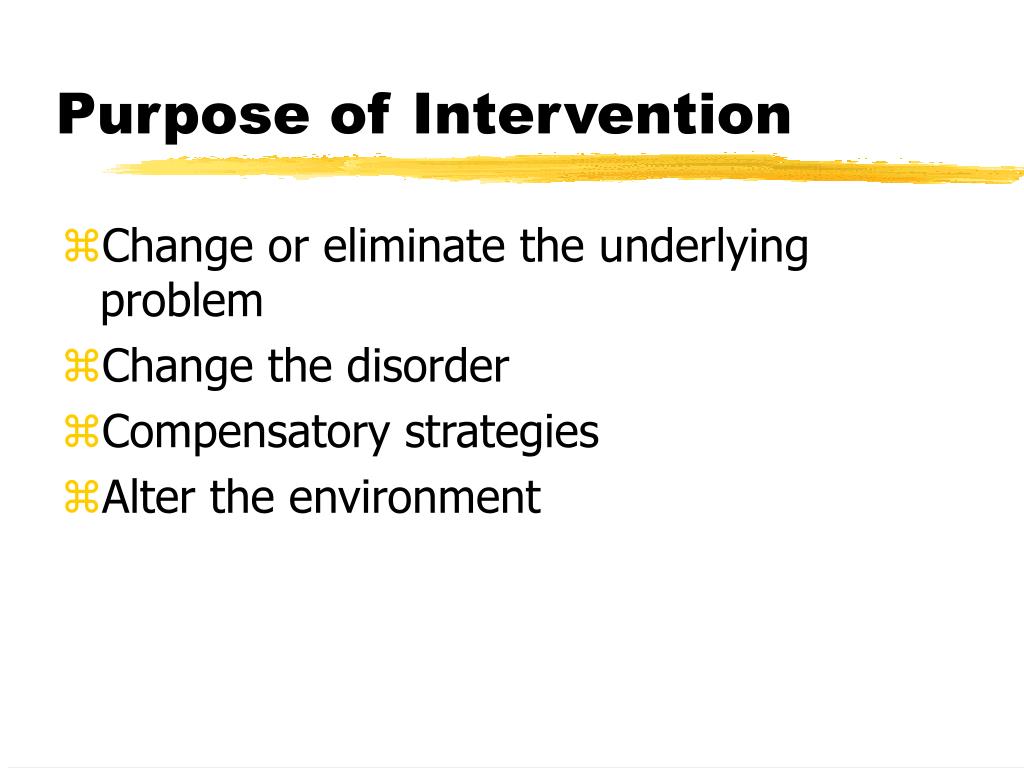

The Treaty of Lisbon amending the TEU and TEC, signed in 2007, incorporated the principle of subsidiarity into Article 5(3) of the TEU and repealed the corresponding provision of the TEC while retaining its wording. The overall approach to the application of the principle of subsidiarity, previously agreed at the 1992 European Council in Edinburgh, thus became legally binding and subject to judicial review via the protocol on subsidiarity.

Without changing the wording of the reference to the principle of subsidiarity in the renumbered Article 5, second paragraph, of the TEC, the Treaty of Amsterdam, signed in 1997, annexed to the TEC a Protocol on the application of the principles of subsidiarity and proportionality (hereinafter ‘1997 protocol’). In its judgment of 21 February 1995 (T-29/92), the Court of First Instance of the European Communities ruled that the principle of subsidiarity was not a general principle of law, against which the legality of Community action should have been tested, prior to the entry into force of the TEU. The Single European Act, signed in 1986, had already incorporated a subsidiarity criterion into environmental policy, however, albeit without referring to it explicitly as such.

The principle of subsidiarity was formally enshrined by the TEU, signed in 1992: the TEU included a reference to the principle in the Treaty establishing the European Community (TEC). The purpose of including a reference to the principle in the EU Treaties is also to ensure that powers are exercised as close to the citizen as possible, in accordance with the proximity principle referred to in Article 10(3) of the TEU. In areas in which the EU does not have exclusive competence, the principle of subsidiarity seeks to safeguard the ability of the Member States to take decisions and action and authorises intervention by the Union when the objectives of an action cannot be sufficiently achieved by the Member States, but can be better achieved at Union level, ‘by reason of the scale and effects of the proposed action’. The principles of subsidiarity and proportionality govern the exercise of the EU’s competences. Legal basisĪrticle 5(3) of the Treaty on European Union (TEU) and Protocol (No 2) on the application of the principles of subsidiarity and proportionality. In areas in which the European Union does not have exclusive competence, the principle of subsidiarity, laid down in the Treaty on European Union, defines the circumstances in which it is preferable for action to be taken by the Union, rather than the Member States.


 0 kommentar(er)
0 kommentar(er)
